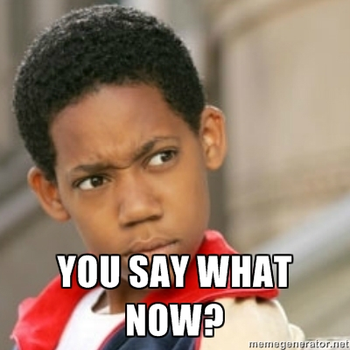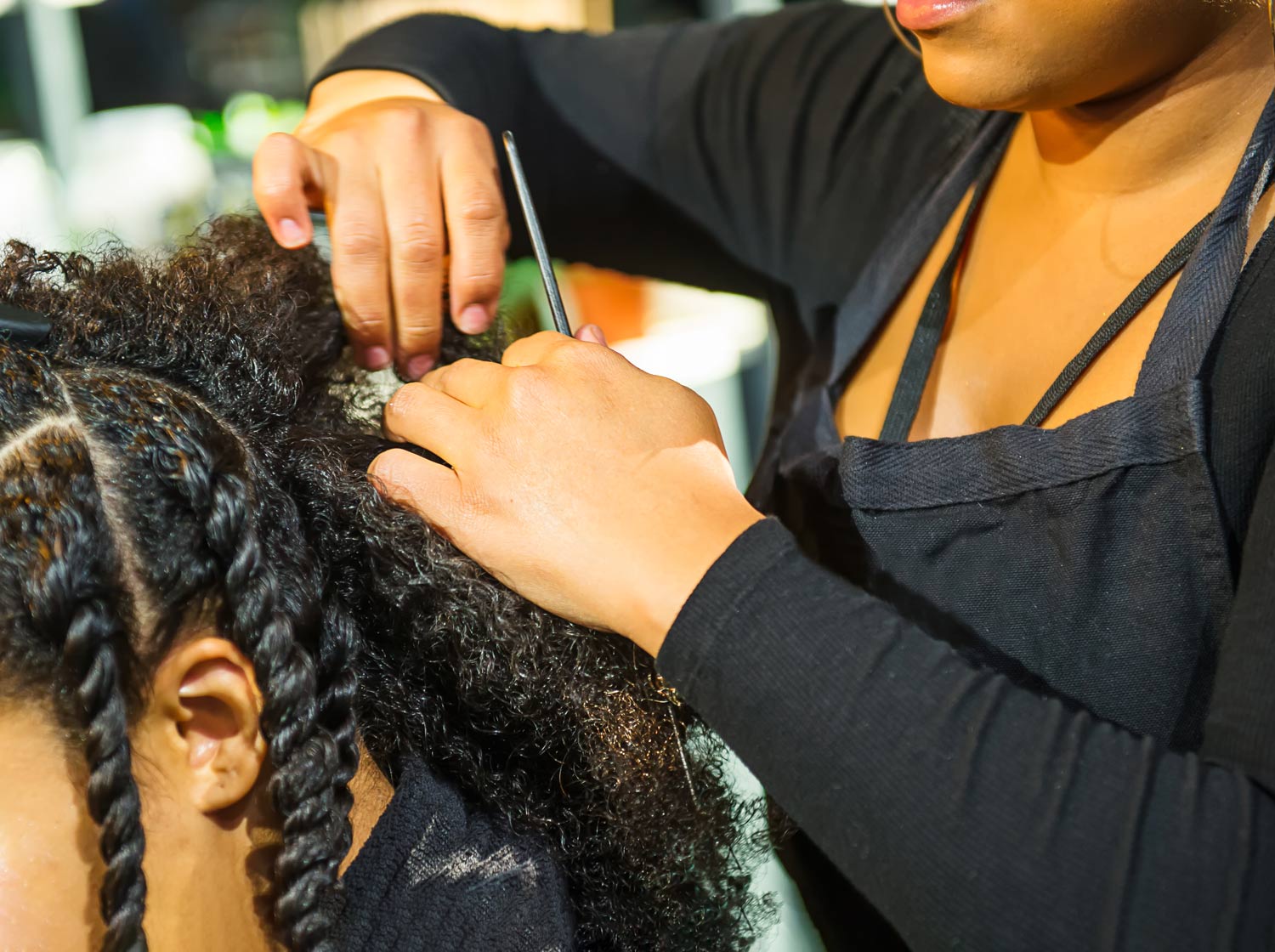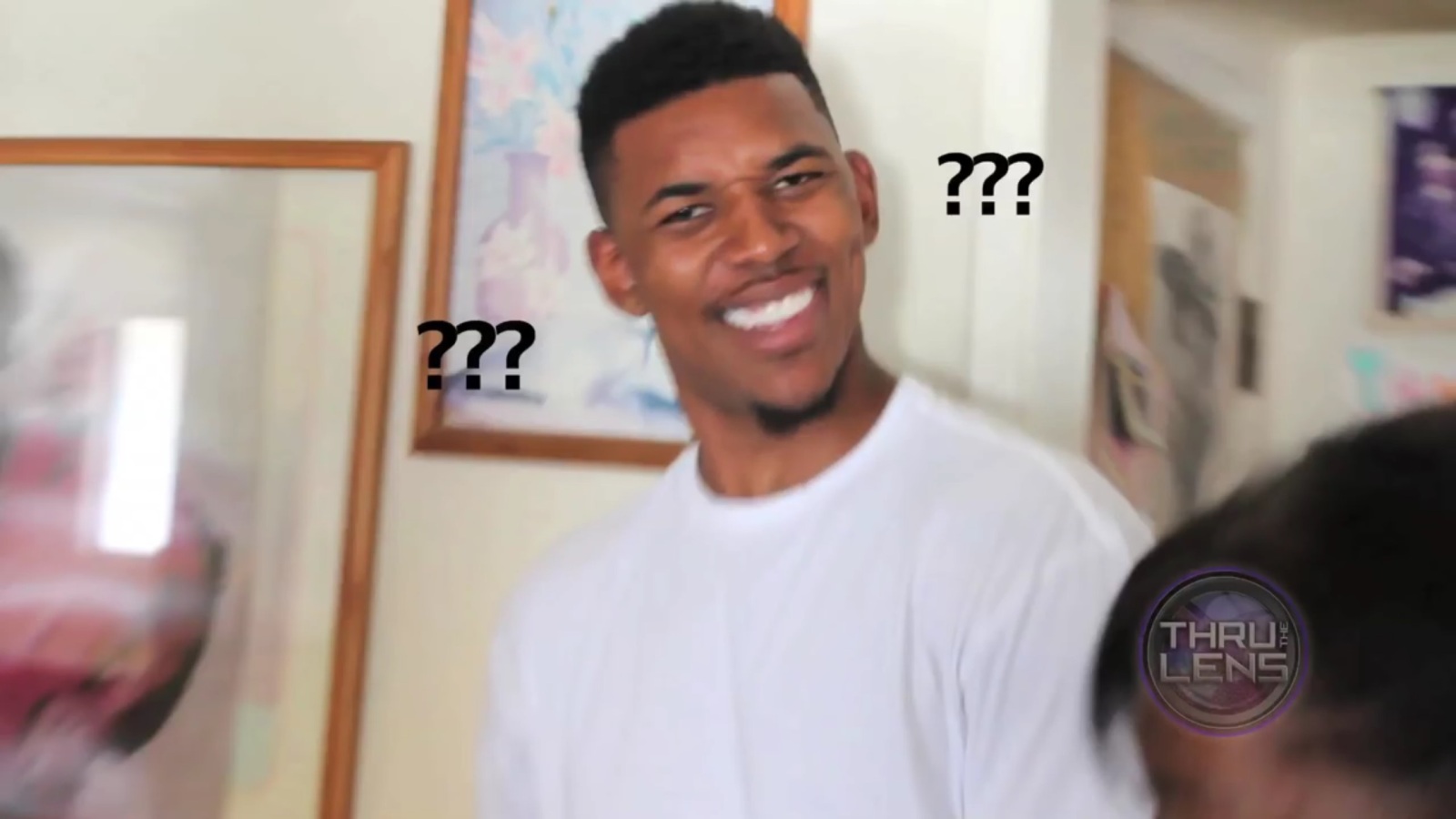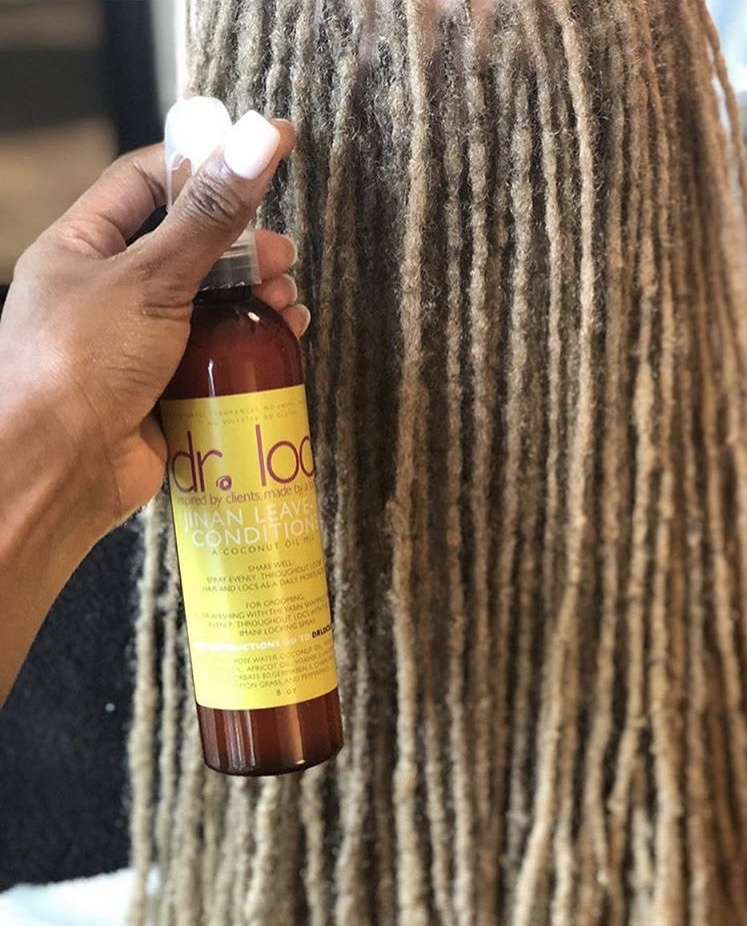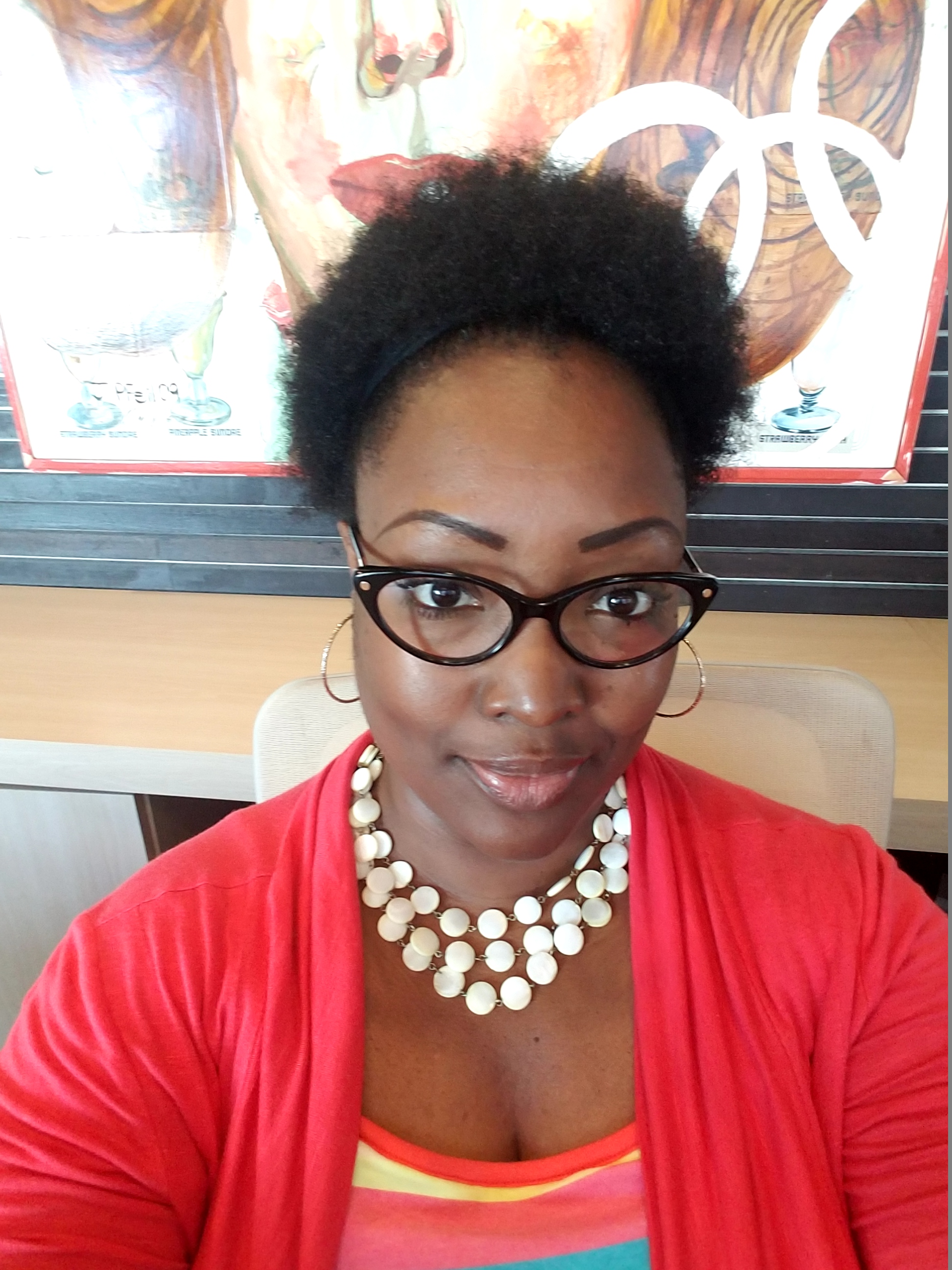Since I’ve started vlogging on Youtube, I’ve noticed in some of the comments on my videos that a lot of people feel like I’m judging other people’s hair or haircare choices. That couldn’t be further from the truth. My goal has always been to educate black women about their natural hair and the healthiest ways to care for their hair based on my own research and experience. You don’t have to like or agree with what I say, but Google has always been free so feel free to do your own research. As a matter of fact, I strongly encourage doing your own research.
I go out of my way to uplift and be encouraging to all because being natural isn’t easy for everyone. Especially if you’ve never seen or dealt with your natural hair because you’ve gotten relaxers your entire life. Many are intimidated, insecure, and have very low self confidence in themselves when it comes to being natural, so the last thing we need is more negativity. If I can help others avoid common natural hair pitfalls that many newbies encounter, then I’m going to share my knowledge as much as possible.
Being on social media, I follow a lot of natural hair and loc pages on Facebook and Instagram. One of my favorites is locmamas on Instagram. She is a professional loctician of 26 years and is based out of Atlanta, GA and also has a shop in Philly. Last week she posted a video of a young lady’s locs who combed out her ends to have the goddess braids look.
The image below is how goddess braids look on someone who does not have locs.
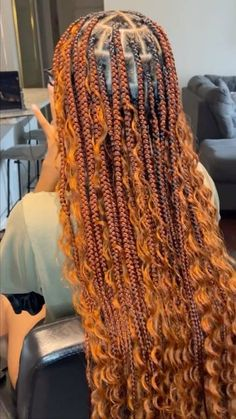
The image below is the look/current trend called “goddess locs” that those with locs are trying to achieve.
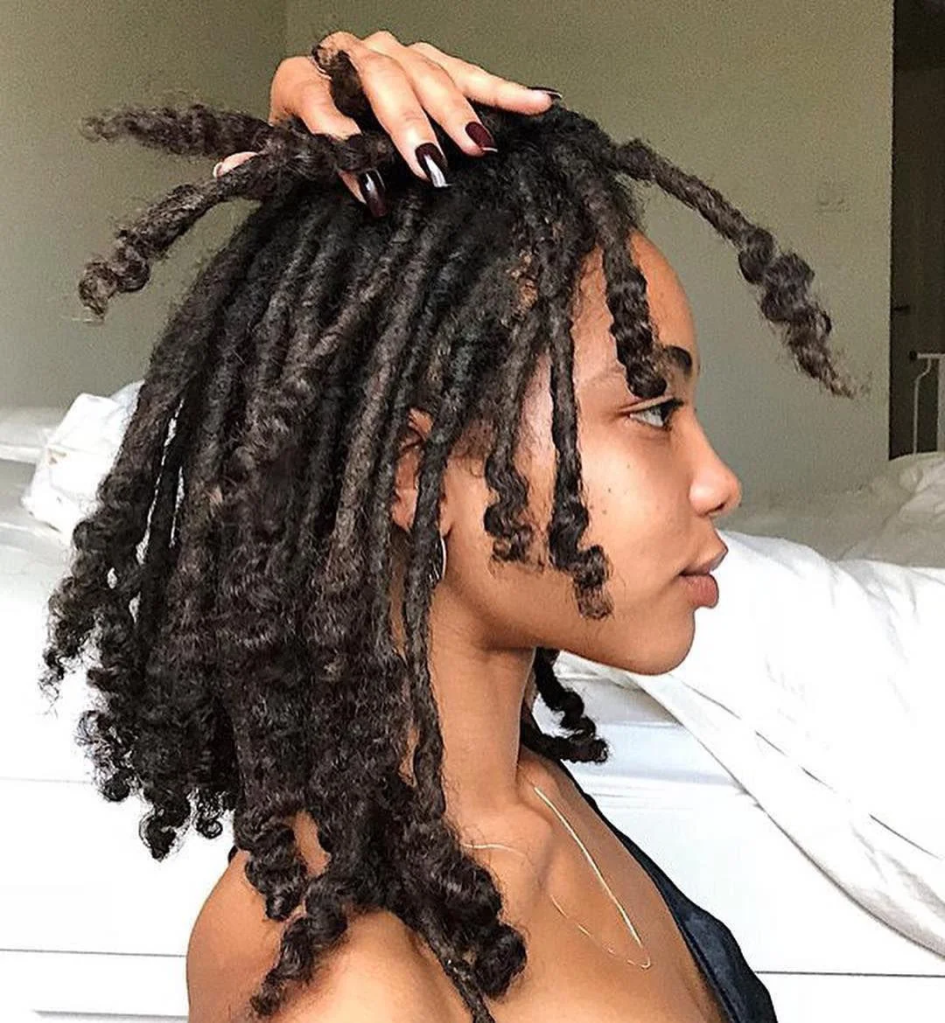
Below is what the young lady did to her hair trying to achieve the goddess locs look. In this photo she’s sitting in a salon chair to have repairs made to her locs.

Ladies, please listen: If your natural hair does not have a loose curl pattern or curl up naturally when water touches it versus drawing up into an afro the minute moisture of any kind touches it, this style WILL NOT work for you. And if you can somehow get your ends to curl up, I know for a fact it’s going to take a lot of products and time to make that happen. But the bigger question is WHY? Why take down the ends of your locs for a look or style that you are bound to get bored with until the next trend comes along? This is the part of the game that I will never understand and it’s a conversation that needs to be had.
Unfortunately, the world is full of trend and fad followers thanks to social media. (i.e. videos of naturals getting relaxers or Jheri Curls, naturals relaxing their edges, videos of naturals and those with locs dying their hair different colors every other week, people combing out or cutting off their locs – and all mostly done for social media views and clicks.) What is equally unfortunate is that there are a lot of black women (young and old) who refuse to educate themselves about their natural hair. The end result of these trends are damaged hair, regret, tears and the need for someone to correct their mistakes.
When professional locticians and beauticians express their frustration with these trends, (which ultimately result in their phones blowing by people wanting them to fix the damage they’ve done to their hair) they’re accused of being judgmental. Please make it make sense.
“Why do you care what people do their hair?”
“Let people live!”
“You need to stop judging people’s personal choices!”
“It’s their hair, not yours!”
Really?
You’re right. It is their hair and their decision to make. But when you follow fads despite being advised against doing certain things to your hair and you do it anyway… only to find out that the advice you were given was correct… and now you’re asking that same person to FIX the damage you’ve caused, don’t you think it’s only natural for that beautician or loctician to feel a certain way? We brag on how versatile our kinky, coily hair is, how easy it is for African American women to change up their style at any given moment. Yes we can wear our hair natural, we can straighten it, we can crimp it, have finger waves, get braids, weaves, and wigs in every style imaginable. But we have to do better at doing these things in a safe and healthy way! It disturbs and saddens me to see so many women creating harmful content for clicks and their followers following their lead because it’s the latest trend on social media. It’s sending out the wrong message and it’s hurting the natural hair community.
We must get out of this idea that giving correct hair advice is equal or equivalent to judging. It is not! It only feels or sounds like judgement because you’re not hearing what you want to hear. Too many people want to be told that it’s ok to do all the damaging and unhealthy things that they want to do to their hair. Or, they’ve already done some damaging and unhealthy things to their hair and they don’t want to be told that it’s unhealthy or wrong. These same people will flip it and say “Well it worked for me…I’ve been doing it for years and my hair is healthy.” What they’re not telling you is how many times they’ve had to big chop and start all over because their hair fell out. Their not telling you how damaged their ends were or that the breakage they experienced was so severe that they had patches all over their head.
Beauticians and locticians may not have all the answers, but what they do have is experience. Those who have many years under their belt have seen and heard it all, especially from the hard headed clients who insist on doing damaging things to their hair and then come back to them to fix the damage. They are irritated, frustrated and tired. They wouldn’t be doing their jobs if they didn’t educate and try to correct bad hair habits. And when vloggers like myself and others make videos or post blogs about unhealthy and damaging hair habits, it’s to help – not judge. We all know that everyone has the right to do whatever it is they want to do to their hair. We just want you to be informed and do things in a safe and healthy way. As members of the natural hair community, it is all of our duty to teach.





